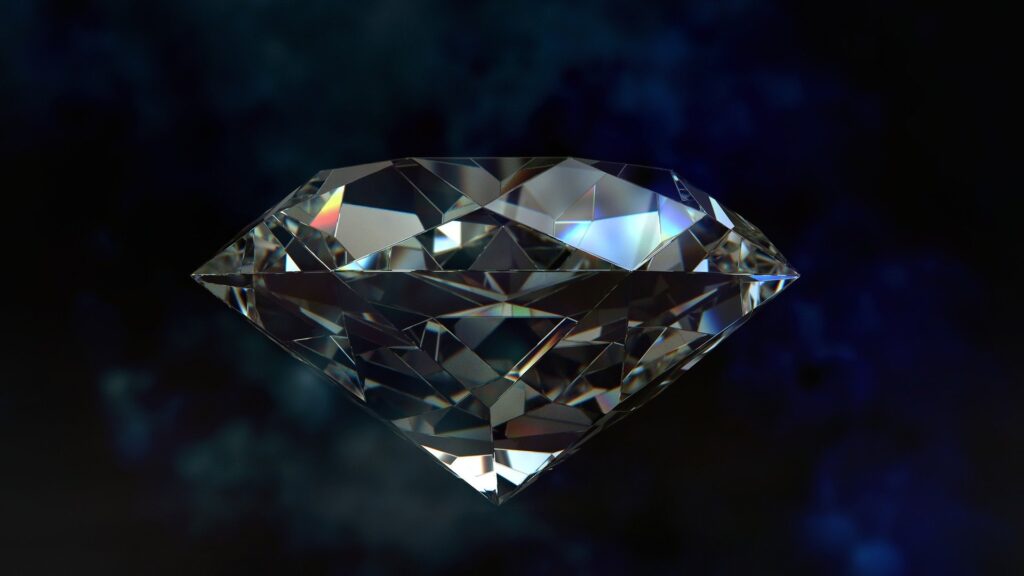
Surface Roughness Observation of a Diamond with Olympus DSX1000 & OLS5100 Microscopes
Surface Roughness Observation of a Diamonds. Diamonds are among nature’s most precious and beautiful creations. Diamond is much more than the world’s most popular gemstone and the most rigid natural material. But with the glamour comes a few flaws that might result in losing its shine. To maintain the standard quality, it becomes essential to understand the properties, defects and learn about the highly advanced technological solutions to measure them.
Diamond is a solid form of carbon with its atoms arranged in a crystal structure called diamond cubic. At room temperature and pressure, another solid form of carbon known as graphite is the chemically stable carbon form, but diamond seldom converts.
It has the highest hardness and thermal conductivity of any natural material, properties utilized in major industrial applications such as cutting and polishing tools. Rough diamonds are mined and converted into gems through a multi-step process known as “cutting”. Diamonds are rigid but also brittle and can be split up by a single blow. Therefore, diamond cutting is traditionally considered a delicate procedure requiring skills, scientific knowledge, tools and experience. Its final goal is to produce a faceted jewel where the specific angles between the facets would optimize the diamond luster, that is, dispersion of white light. In contrast, the number and area of facets would determine the weight of the final product. (Surface Roughness Observation of a Diamond)
(Surface Roughness Observation of a Diamond)Some of them may be considered classical, such as round, pear, marquise, oval, hearts and arrows, diamonds, etc. The diamond price depends on cut, color, clarity, and karat. There are certain American certification agencies where the quality of the diamond is certified.
The imperfections in diamonds can be classified as External and Internal Flaw, which can be explained as follows:(Surface Roughness Observation of a Diamond)Some of them may be considered classical, such as round, pear, marquise, oval, hearts and arrows, diamonds, etc. The diamond price depends on cut, color, clarity, and karat. There are certain American certification agencies where the quality of the diamond is certified. The imperfections in diamonds can be classified as External and Internal Flaw, which can be explained as follows:
External Flaws:
- Blemishes: These diamond flaws are present on the surface of a stone and can occur naturally
- Scratches: These are fine lines found on the surface of the diamond. They may have been present naturally or caused when a diamond was cut.
- Extra facets: These are usually cut to remove blemishes or undoubtedly close to surface inclusions on diamonds. At times these different facets are also cut to enhance the brilliance of the diamond.
- Fracture: A breakage in diamonds that is not parallel to the cleavage plane is a fracture. Fractures are usually irregular in shape, making a diamond look chipped (Surface Roughness Observation of a Diamond).
- Fingerprints: Fingerprint inclusions in the shape of fingerprints can sometimes be found in diamonds. However, such inclusions are rare in diamonds as compared to other stones, such as rubies.
- Pits: Small holes may be present on the surface of a diamond. These pits are usually not visible to the naked eye.
- Nicks: Diamonds are also chipped at places, causing the appearance of nicks. It is often repaired by adding extra facets.
Internal Flaws:
- Crystal/mineral inclusions: Some diamonds show the presence of tiny crystals, minerals or other diamonds.
- Pinpoint inclusions: As the name implies, these inclusions are minute crystals, usually white, present inside the diamond.
- Needles: Diamond crystals in a diamond can also be present in the form of long and thin needles. These may not be visible to the naked eye. (Surface Roughness Observation of a Diamond)
- Cloud: The presence of three or more pinpoint inclusions close together can create a haze area, or a cloud, in the diamond.
- Knots: When diamond crystals extend to the surface of the diamond, they are referred to as knots. These can be viewed under proper lighting conditions with a diamond loupe.
- Graining: Crystal inclusions in diamonds occur in the form of lines known as graining. Graining should not be confused with rough diamonds natural grain lines.
Hence to determine the defects and attain superior quality control, we can switch to technologically advanced solutions like The Olympus DSX1000 & The Laser Microscope OLS5100, which have proven excellent performance. For a better understanding, let’s study some of the results obtained through this equipment. (Surface Roughness Observation of a Diamond)
Ø The Olympus DSX1000 Microscope captures such flows from BF observation, Oblique mode, DIC with contrast enhancement. The below images represent snaps of diamond in different image types like Colour Snap, Extended Height.

IMAGE FROM MICROSCOPE
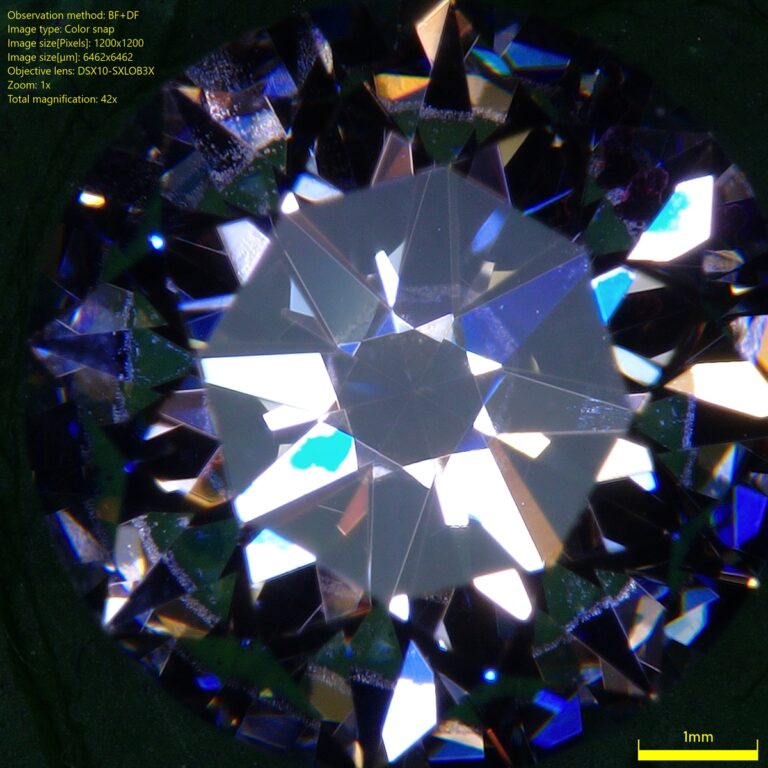
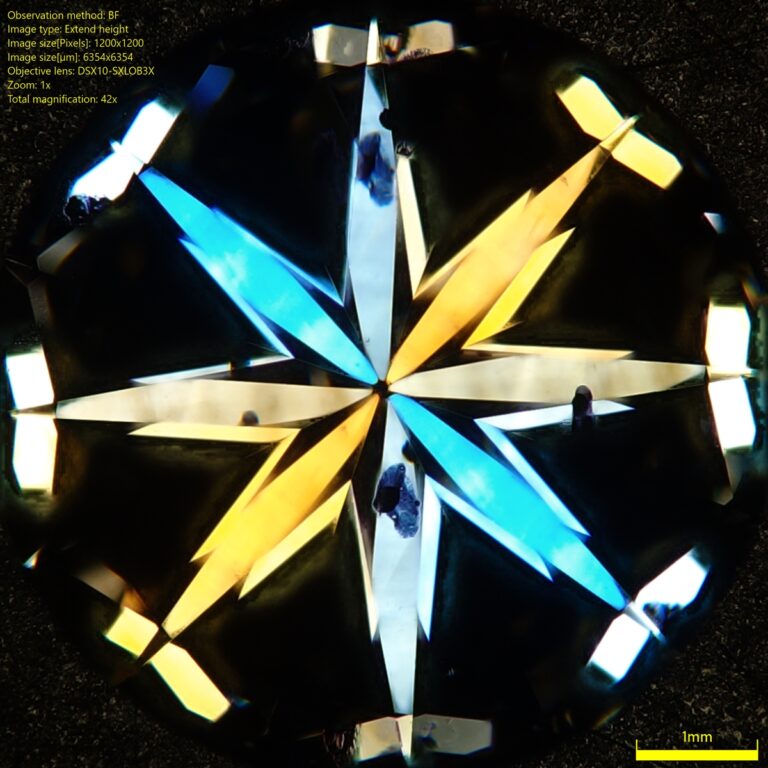
The below images show the SCRATCHES on the surface of diamond with different observation modes like OBQ and DIC at other objectives.
1. BF + contrast with SXLOB3X Objective
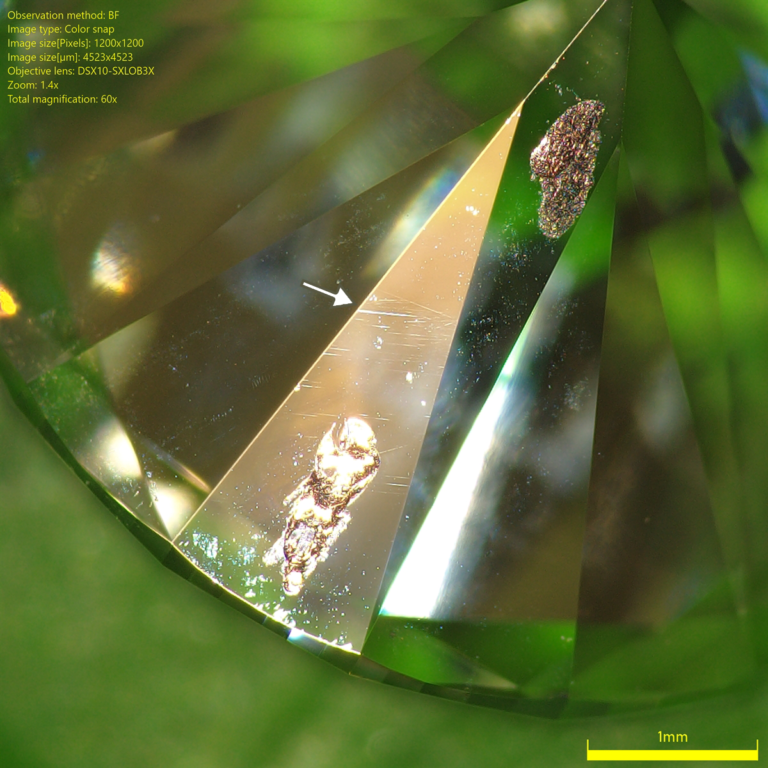
2. DIC Observation with SXLOB3X Objective
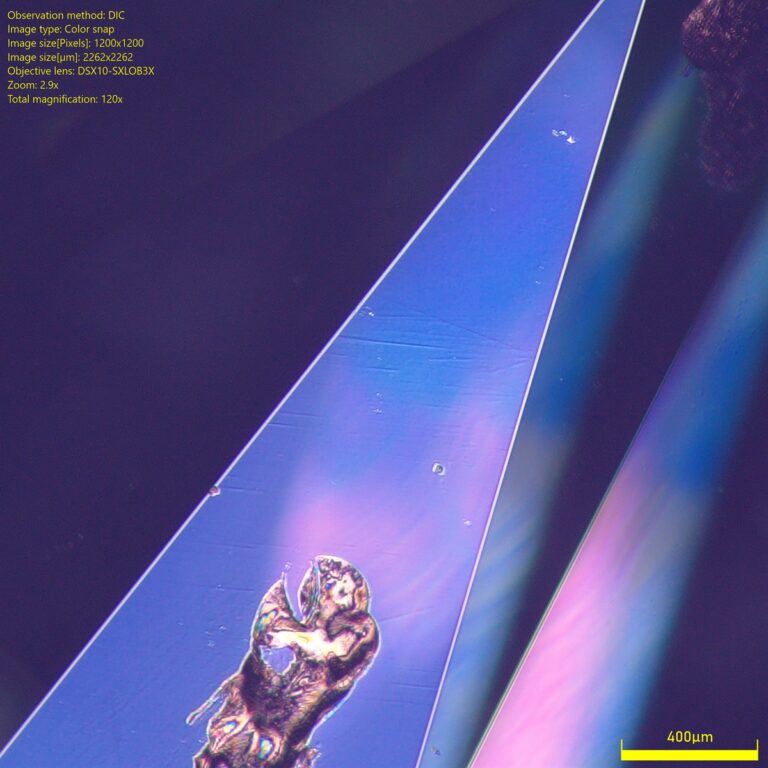
3. OBQ Observation with SXLOB3X Objective
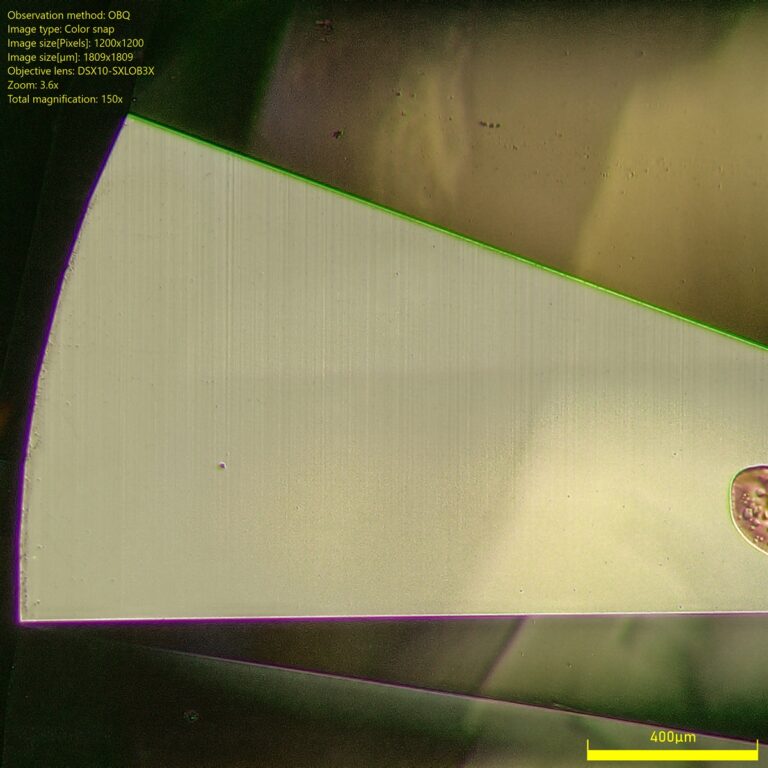
4. DIC Observation with SXLOB3X Objective
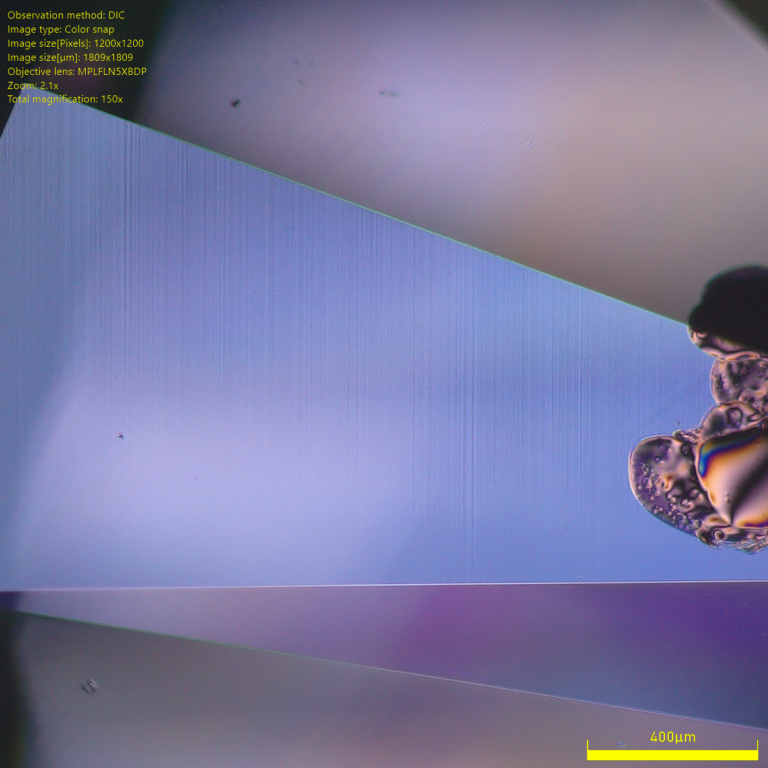
5. DIC Observation with APO50x Objective
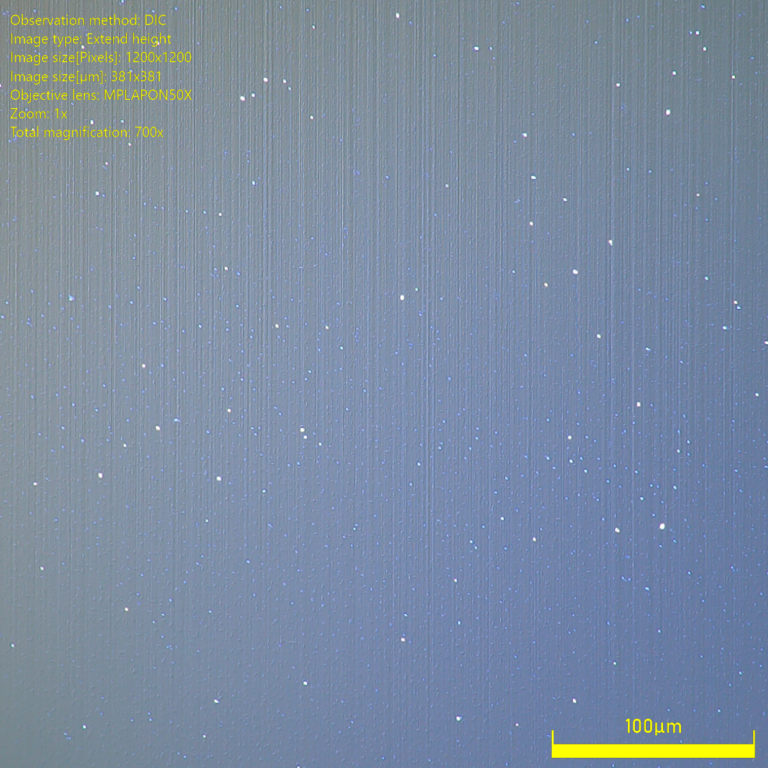
6. The flat surface in DIC (Surface Roughness Observation of a Diamond)
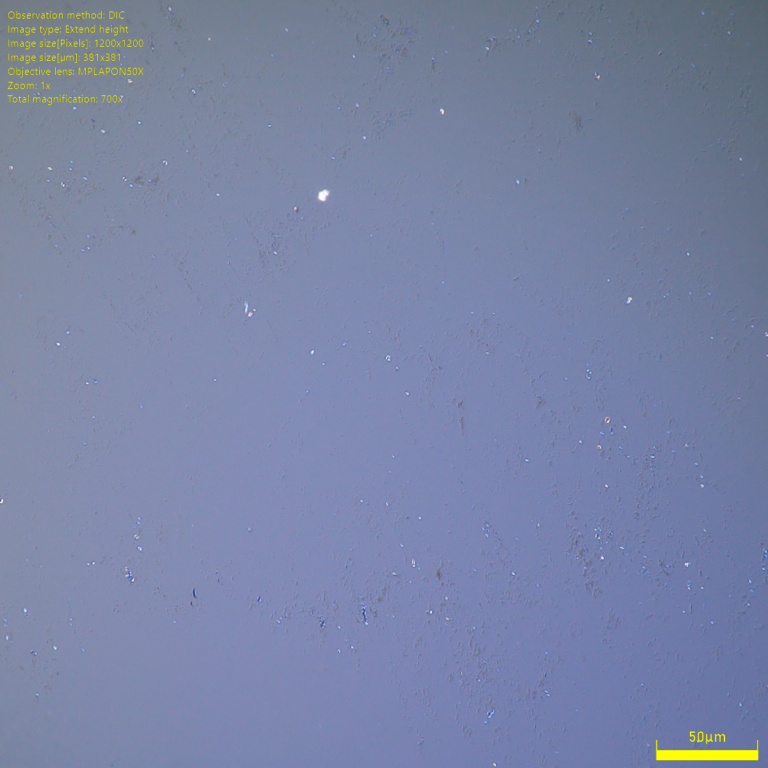
7. Mag-1750X, DIC Observation with APO50X Objective
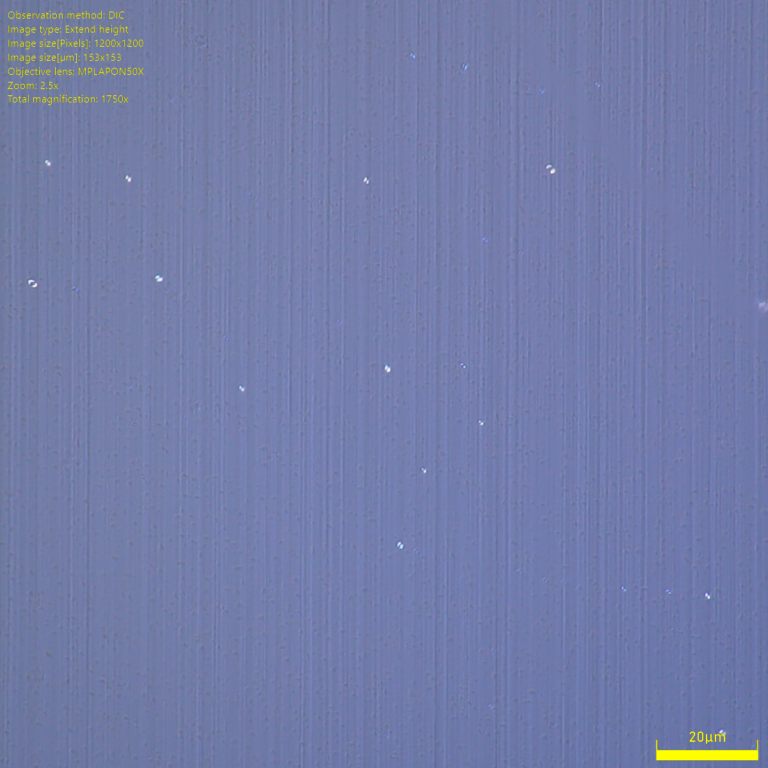
All other kinds of internal or external flaws like inclusion, fracture, pits, etc. can be explored using polarised light.
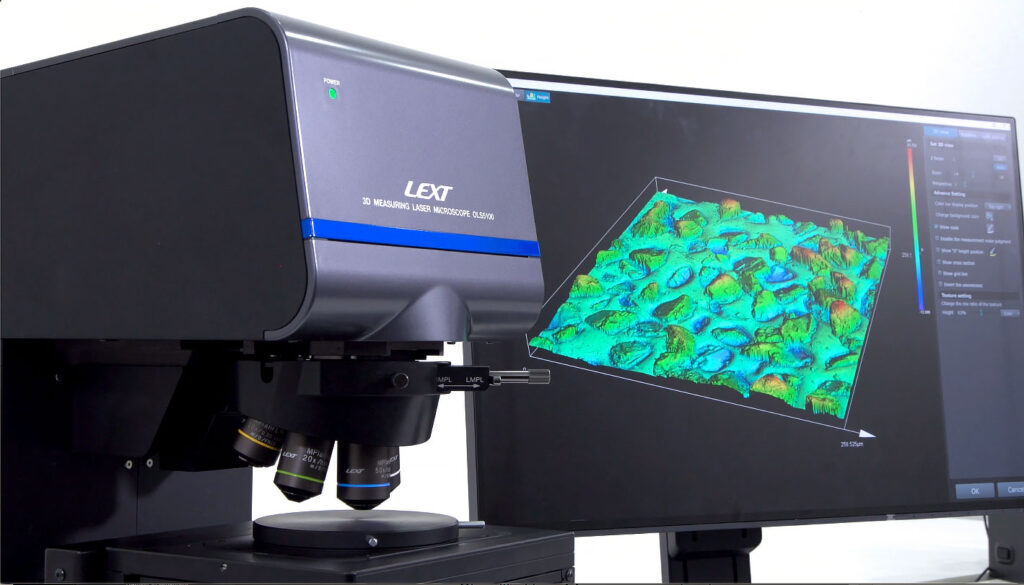

Ø The Laser OLS5100 Microscope offers a 1750X view which allows us to see deformations as a scratch on the surface of the diamond. To find the roughness information for such surface areas in Nanometer, we will have to use the OLS5100 laser microscope, which employs a 405 nm laser source to scan the sample using confocal technique and capture height resolution 6nm.
1. At 2500 x magnification (Surface Roughness Observation of a Diamond)
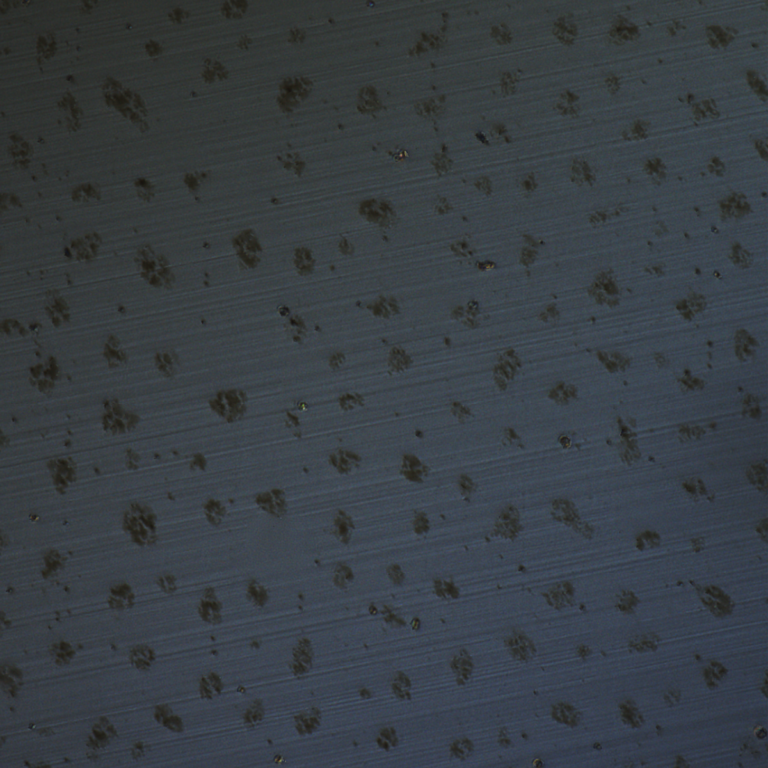
2. Result View: For example, from the below report, it can be concluded that the Roughness value Ra is 20nm. The maximum peak observed is Rp 58 nm, and the maximum valley followed is Rv 49 nm.
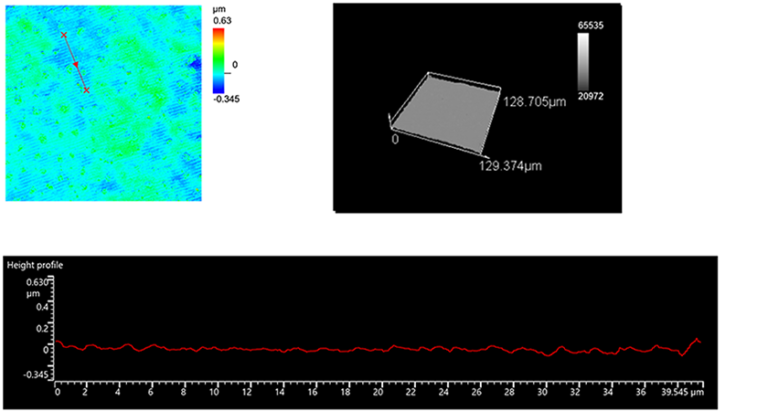

Thus, choosing the right analytical method and tool helps in identification of and defects and accurate measurements to exercise precise quality control. (Surface Roughness Observation of a Diamond)
Author- Gyanesh Singh Application Specialist at IR Technology Services Pvt. Ltd Passionate about Microscopy for Micro and Nanostructures. Gyanesh has over 10 years of experience in demonstration and serving application of various techniques to potential clients and enjoys learning new sophisticated scientific technology for Material Science and Life Science.

One thought on “Surface Roughness Observation of a Diamond”
very good put up, i actually love this web site, carry on it